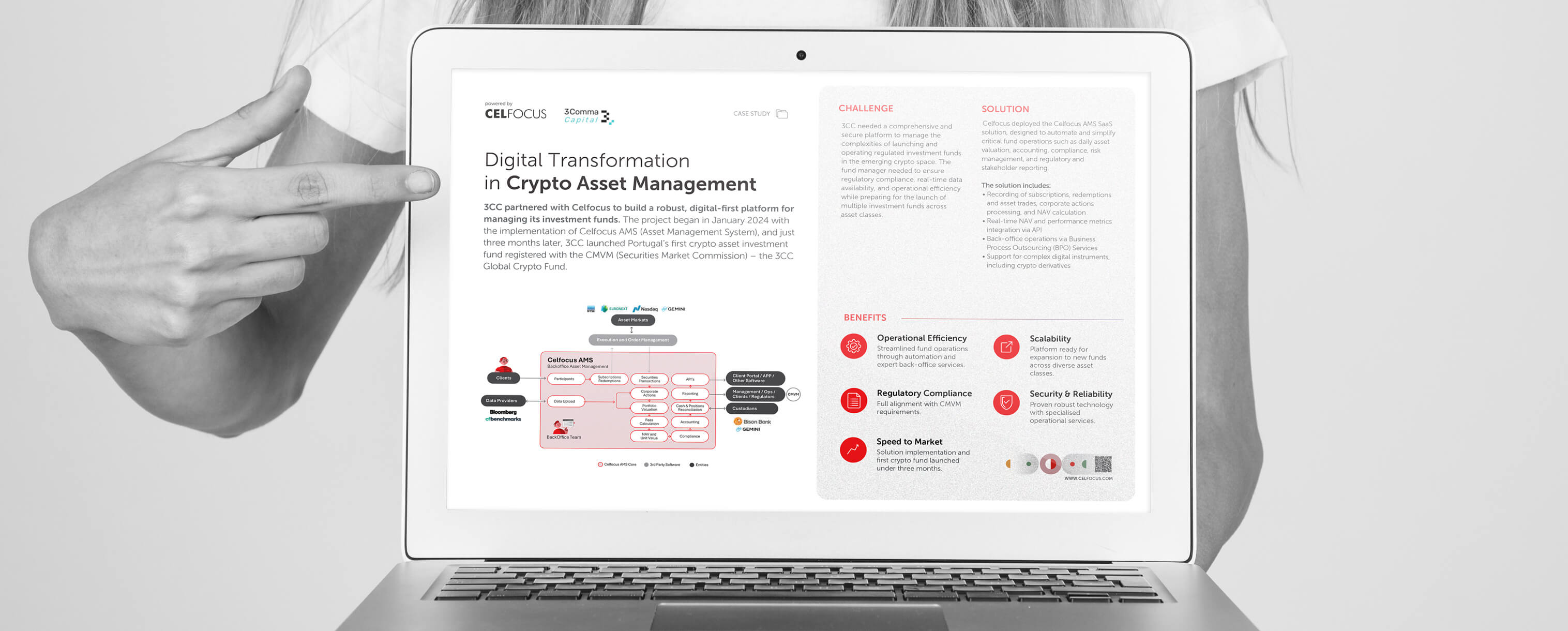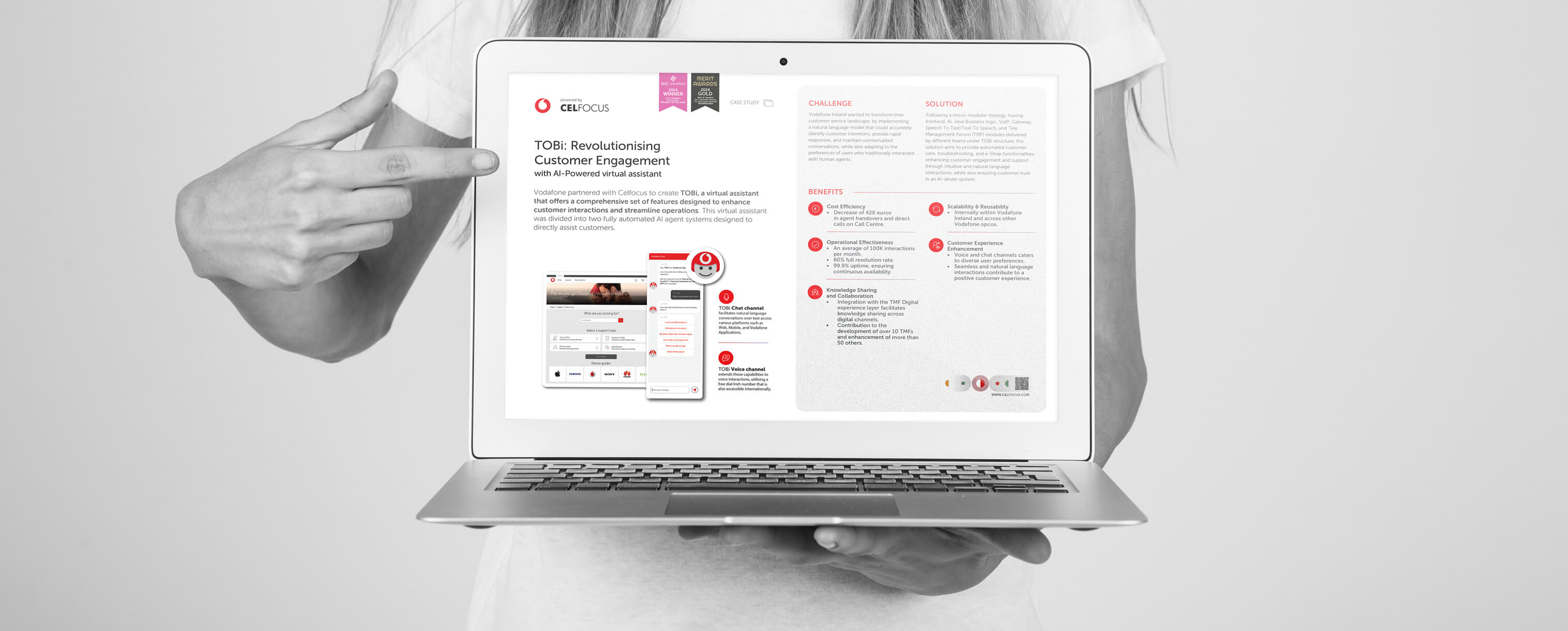|---Module:text|Size:Small---|
Technology advancements, new regulation requirements, growth in customer demands and increased competition – all are reshaping the banking ecosystem.
Particularly 2018 was an important year for retail banks in the European Union. The European Commission introduced the revised Payment Services Directive 2 – more commonly known as PSD2. Since then, the concept of Open Banking has been gaining ground. Positioned on the demand side in banking, Open Banking aims to empower consumers to compare banking products and switch more easily between them. It also facilitates the access of products from Third-Party Providers (TPPs).
In fact, the Open Banking framework encourages collaboration between banks and other players within the banking ecosystem. This collaboration implies the adoption of common standards for data sharing and exposure of banking services. The call for banks to reinvent their business models has never been more urgent.
|---Module:text|Size:Small---|
The Data Democratisation has begun
PSD2 brought increased competition and innovation into the financial services sector. Therefore, banks need to offer dedicated APIs for securely sharing customers’ data with TPPs for account aggregation and payment initiation. Hence, democratising the banking access to data.
Consequently, banks are capable of offering value-added services that they do not have to build or run themselves to customers. They can select and offer third-party products and applications at the customer’s request, securing the customer relationship. A well-considered Open Banking strategy puts customers and their expectations first and helps increasing customer loyalty throughout the financial lifecycle.
Moreover, the more participants there are in this “open” system, the greater competition is. Consequently, the variety and quality of services will increase, prices decrease, and end-users gain more control of the overall process.
|---Module:text|Size:Small---|
Banks and Third-Party Providers: Partner up
According to Celent’s research [1], “one of the most important changes brought about by open banking initiatives has been to catalyse the growth of the third-party provider (TPP) segment, and the services they offer to customers”. As the number of TPPs offering services to consumers continues to grow, “each aiming to generate revenue by addressing unmet demand among bank customers for products, services or digital experiences”, there are three main reasons for banks to pay close attention according to the author:
- New ideas and commercial models: “TPPs are bringing new services to market using data and product assets that banks already have; there are many areas in which banks can learn from the product or business model innovations brought to market by TPPs”;
- Partnership or acquisition opportunities: “several TPPs have innovative routes to market or target niche audiences, creating many opportunities for the acquisition or commercial partnerships”;
- Competitive threat: “most important of all, many TPPs have propositions and business models that directly target bank revenue pools”.
In Part 2 of this article, we’ll see how to take advantage of Open Banking and Open Finance in a collaborative world.
References
[1] Open Banking Enables New Retail Banking Propositions in Europe: Lessons and Challenges from the TPP Ecosystem by Celent






















